Born in 1900, AP Sreedharan Channar emerged as a prominent figure in the illustrious Alummoottil family of Travancore. A life shaped by privilege, rigorous training, and intense family conflict, Sreedharan’s formative years reflected both his potential and the challenges he faced as a member of a powerful household. This article explores his life leading up to the fateful night of March 8, 1921.
Early Years: Birth and Family
Sreedharan was the eldest son of Narayani Amma, a respected matriarch of the Alummoottil family, and Lekshana Kunju Panicker, a prominent figure in the Ezhava community. Born into a household steeped in wealth and influence, Sreedharan’s early years were marked by both privilege and responsibility. He had three younger siblings:
- AP Chellamma (Sister)
- AP Udayabhanu (Brother)
- AP Dakshayani (Sister)
Due to the significant age gap, his siblings often looked up to him, affectionately calling him Kochettan (small brother). While he was a figure of authority to his siblings, Sreedharan himself was navigating the complexities of a household ruled by Kochu Kunju Channar III, the family’s karanavar (chieftain), known for his autocratic leadership style.
Childhood Environment
The Alummoottil nalukett, a sprawling ancestral home, stood as a symbol of the family’s legacy. However, behind its grandeur lay a web of internal conflicts, financial disputes, and power struggles. As a child, Sreedharan witnessed these tensions firsthand, experiences that would later shape his worldview and actions.
 (This is a series based on a photo (left most) of Sreedharan as a boy.)
(This is a series based on a photo (left most) of Sreedharan as a boy.)
Strict Upbringing
Kochu Kunju Channar III’s strict rule over the household imposed rigid hierarchies and discipline. Sreedharan’s natural leadership qualities and assertive demeanor often clashed with the karanavar’s authority. This friction, while initially subtle, grew more pronounced as Sreedharan matured.
Education and Training
Sreedharan’s early education occurred at a local school, where he quickly demonstrated a sharp intellect. However, his speed, skill, discipline, focus, and resilience in Kalaripayattu, the ancient martial art of Kerala, set him apart. Beginning his training at 10, Sreedharan displayed exceptional dedication, mastering all 18 adavus (techniques) by age 15. He practiced Kalaripayattu mainly in three kalari (schools) operated by the Alummoottil family, namely Kizhakkemedu (Velu Kurup Gurukkal), Vadakkepura (Sankarappanicker Gurukkal), Ayilyam Kavu (Govindan Asan). Much to the annoyance of Kochu Kunju Channar III, Sreedharan’s three gurus often mused that Sreedharan was more skilled, and if anyone could challenge Kochu Kunju, it was Sreedharan. Kochu Kunju Channar was said to be jealous of Sreedharan’s kalari prowess, although they had an age difference of more than 40 years.
 (This portrays how Kochu Kunju Channar’s kids used to torment Sreedharan daily during his walk to school)
(This portrays how Kochu Kunju Channar’s kids used to torment Sreedharan daily during his walk to school)
His expertise in Kalaripayattu earned him respect within the community but also attracted envy and scrutiny within the family. Many viewed his martial prowess as a potential threat to the karanavar’s dominance.
Adolescence: Rising Tensions
As Sreedharan transitioned into adolescence, the dynamics within the Alummoottil family became increasingly contentious. His growing responsibilities often brought him into conflict with Kochu Kunju Channar III, who perceived him as a rival rather than an ally.
 (This portrays how Sreedharan stops Kochu Kunju Channar’s kids horse carriage and forcibly boards it.)
(This portrays how Sreedharan stops Kochu Kunju Channar’s kids horse carriage and forcibly boards it.)
Key Conflicts
-
The Carriage Incident A defining moment occurred when Sreedharan, as a young boy, joined a carriage designated for Kochu Kunju Channar’s children on their way to school. Upon learning of this, the karanavar intercepted the carriage and publicly humiliated Sreedharan by forcefully ejecting him. This incident, though seemingly minor, sowed seeds of resentment.
-
The Car Insult Kochukunj Channar III publicly humiliated Sreedharan, by forcibly removing him from the family car and offering rides to other children instead. This incident deeply embarrassed Sreedharan, igniting a lasting resentment that would later impact the family’s future..
 (This portrays how Sreedharan would have appeared at the age of 14, using artificial intelligence)
(This portrays how Sreedharan would have appeared at the age of 14, using artificial intelligence)
-
The Darbar Confrontation As Sreedharan grew older, he began questioning the financial practices of the family. In a dramatic turn, he presented evidence of mismanagement at a family darbar. However, Kochu Kunju Channar, unwilling to tolerate dissent, ordered Sreedharan to be expelled from the gathering. The public humiliation further deepened the rift.
-
Channar Tastes His Own Medicine Years after being publicly humiliated by Kochu Kunju Channar, Sreedharan exacted his revenge. He intercepted Channar’s horse cart near Muttom, forcibly removed the old man, and left him humiliated on the roadside, mirroring the treatment he had once endured.
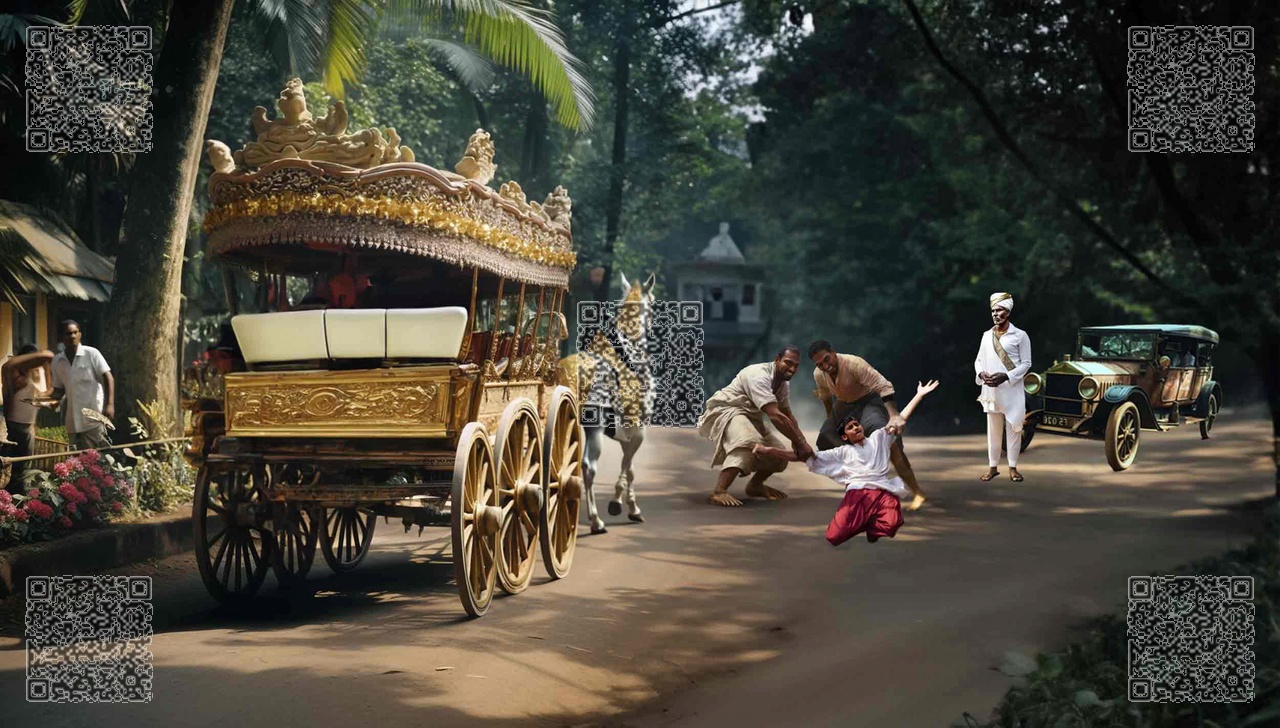 (This portrays how Kochu Kunju Channar came in his car, and dragged Sreedharan from the horse carriage)
(This portrays how Kochu Kunju Channar came in his car, and dragged Sreedharan from the horse carriage)
Emerging Leadership
Despite these challenges, Sreedharan continued to command respect among certain family members and community leaders. His assertiveness and vision for equitable resource distribution resonated with those who sought reform within the Alummoottil household.
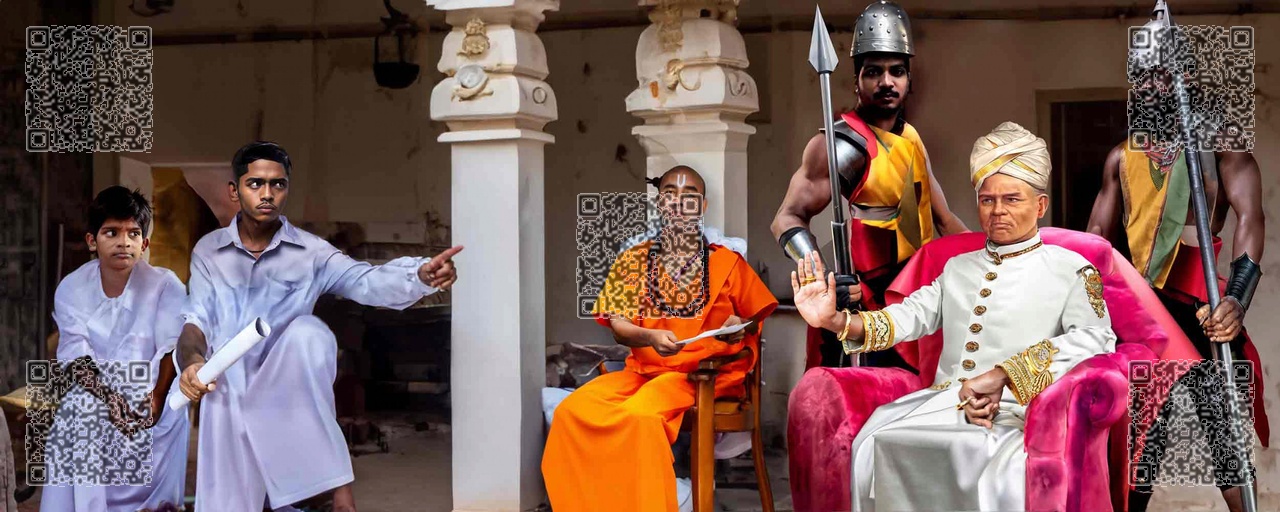 (This portrays the constant points of contention between Kochu Kunju Channar and Sreedharan )
(This portrays the constant points of contention between Kochu Kunju Channar and Sreedharan )
Support from Narayani Amma
Narayani Amma, Sreedharan’s mother, remained his steadfast supporter throughout these tumultuous years. She admired his courage and determination to stand against the oppressive practices of the karanavar, often offering emotional strength during moments of despair.
The Alummoottil family’s prominence in Travancore society extended beyond their wealth. Their influence reached the corridors of power, with strong ties to the Travancore monarchy and the administrative machinery. This connection, while a source of pride, also subjected the family to intense scrutiny and political manipulation.
 (This portrays how Sreedharan’s mastery in Kalaripayattu, and his rare honor of having learned all 18 adavu’s by the age of 15)
(This portrays how Sreedharan’s mastery in Kalaripayattu, and his rare honor of having learned all 18 adavu’s by the age of 15)
By the time Sreedharan reached his twenties, the animosity between him and Kochu Kunju Channar III had reached its peak. His efforts to challenge the karanavar’s authority had alienated him from certain factions within the family. Nevertheless, he remained a figure of admiration among his siblings and close relatives.
A Man of Principle
Sreedharan’s refusal to compromise on his principles often placed him at odds with the family hierarchy. Yet, it was this steadfastness that endeared him to those who valued justice and fairness.
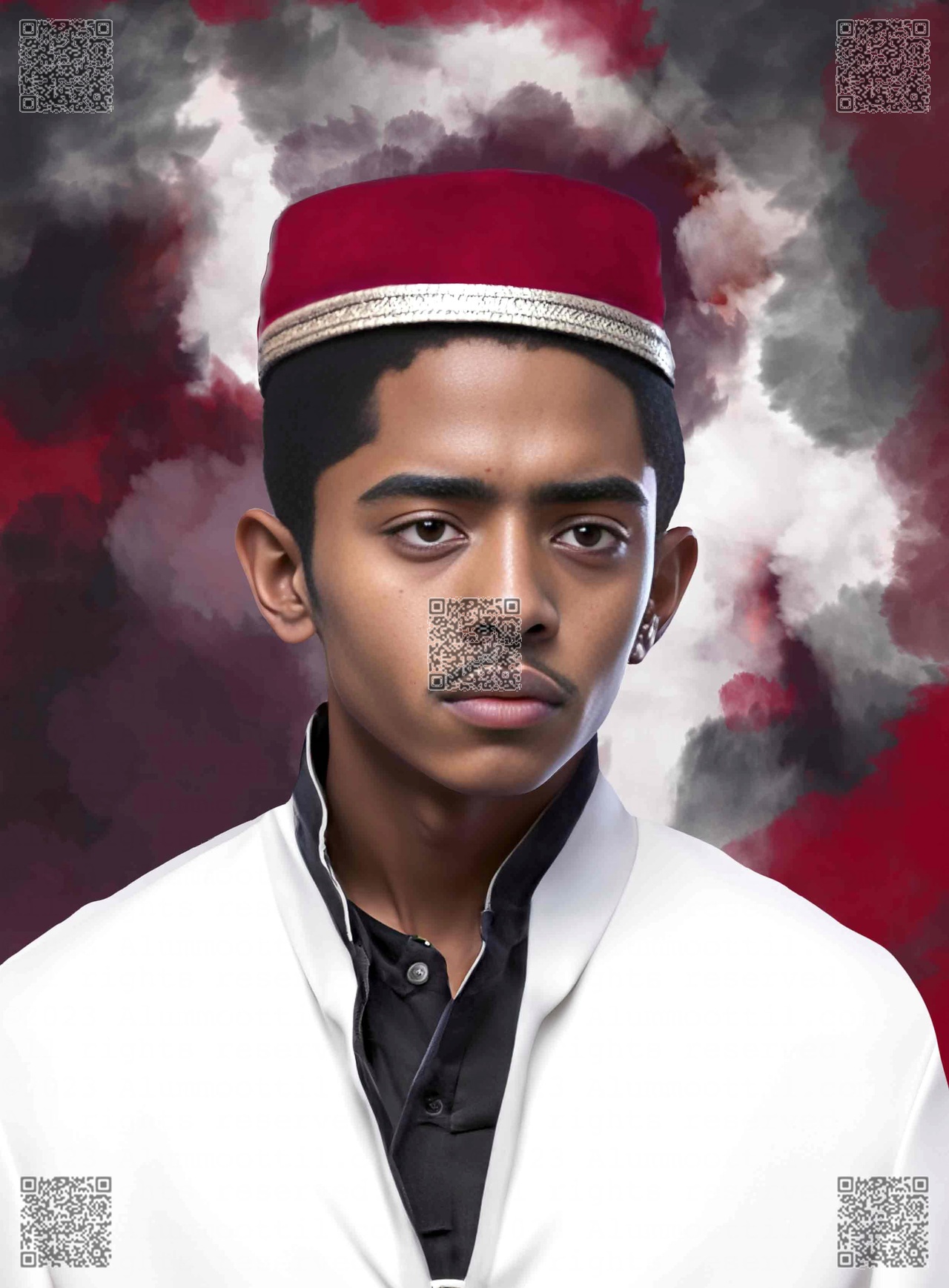 (This portrays how Sreedharan would have appeared at the age of 21, using artificial intelligence)
(This portrays how Sreedharan would have appeared at the age of 21, using artificial intelligence)
The events following the night of March 8, 1921, defined the tragic end of AP Sreedharan Channar’s life. Convicted and executed for the alleged murder of Kochu Kunju Channar III, his journey through investigation, trial, and capital punishment remains a harrowing tale of systemic injustice. This article explores the unfolding events, shedding light on the political pressures, judicial failures, and the personal struggles faced by Sreedharan in his final days.
 (This portrays how Sreedharan and his friends blocked Kochu Kunju Channar)
(This portrays how Sreedharan and his friends blocked Kochu Kunju Channar)
The is a rendering using predictive artificial intelligence (AI) of how AP Sreedharan Channar would have appeared at the age of 21. Sreedharan Channar was an ace at Kalaripayatt mastering all the 18 adavu at such a young age.
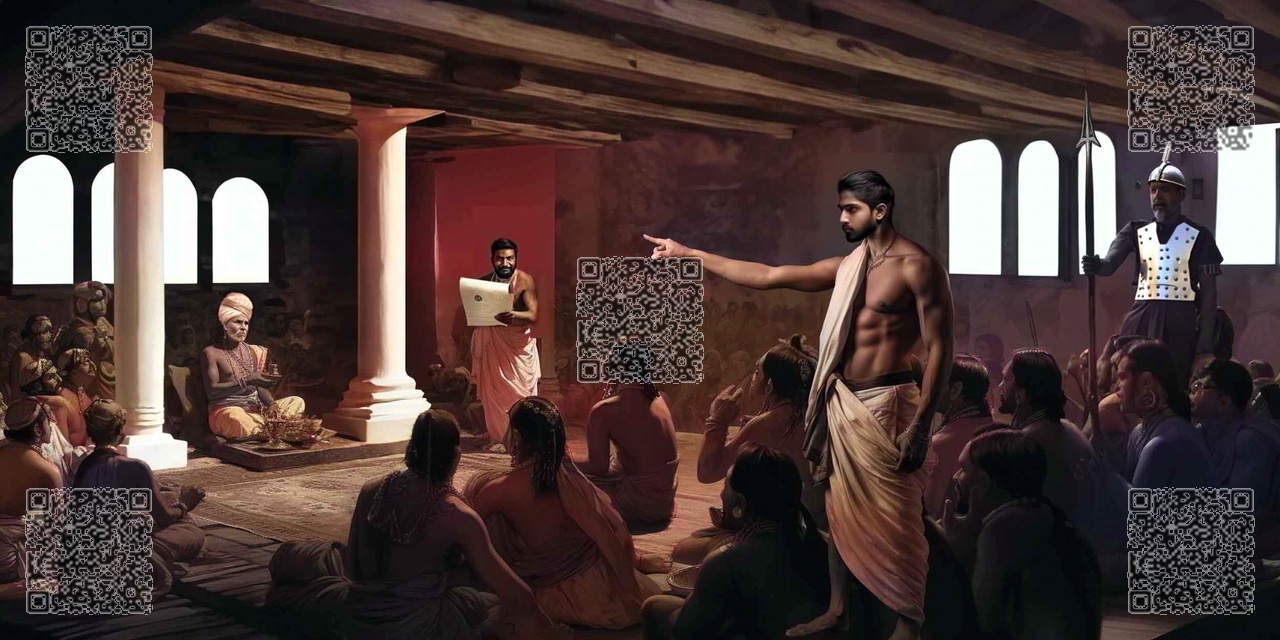 (This portrays the dispute between Sreedharan and Kochu Kunju Channar at the darbar)
(This portrays the dispute between Sreedharan and Kochu Kunju Channar at the darbar)
The Incident: March 8, 1921
On the night of March 8, 1921, Kochu Kunju Channar III was discovered dead in his private quarters. The circumstances surrounding the murder were unclear, with conflicting witness testimonies and an absence of physical evidence. Despite this, Sreedharan Channar became the prime suspect, primarily due to his well-documented conflicts with the deceased.
Witness Testimonies
- KG Madhavan: Son of Kochu Kunju Channar III, and the prime eye-witness
- Padittel Kuttichannar: Eye-witness against Sreedharan
- Raghavan: A villager who reported suspicious movements near the Alummoottil estate.
- Lakshmi Amma: A neighbor who claimed to see unidentified individuals earlier that evening.
-
Ponnamma and Kuttan Nair: Servants who offered conflicting accounts, further complicating the investigation.
 (This portrays how Sreedharan was thrown out of the car by Kochu Kunju Channar)
(This portrays how Sreedharan was thrown out of the car by Kochu Kunju Channar)
The Investigation: A Case of Royal Influence
Key Figures
- Inspector Kayyalam Parameswaran Pillai: Led the investigation.
- District Magistrate T.K. Subramania Iyer: Oversaw proceedings.
- Superintendent of Police C.P. Achuthan Nair: Supervised law enforcement efforts.
- Tehsildar Narayanan Menon: Assisted in evidence collection.
The investigation, marked by bias and undue haste, was heavily influenced by Sree Moolam Thirunal Rama Varma VI, the king of Travancore, and Diwan Bahadur Thodla Raghavaiah. Their close ties to Kochu Kunju Channar III exerted immense pressure on the police to secure a conviction.
The Arrest and Co-Accused
Sreedharan Channar was arrested alongside three co-accused:
- MS Madhavan: Alleged to have acted as an accomplice.
- AP Sekharan Channar: Alleged to have acted as an accomplice.
- Kalarikkalethu Shekharan: Alleged to have acted as an accomplice.
Torture and Coerced Confession
During custody, Sreedharan was reportedly subjected to severe torture, leading to a coerced confession. Despite this, he consistently professed his innocence, even in court. The confession became a cornerstone of the prosecution’s case, overshadowing the glaring lack of physical evidence.
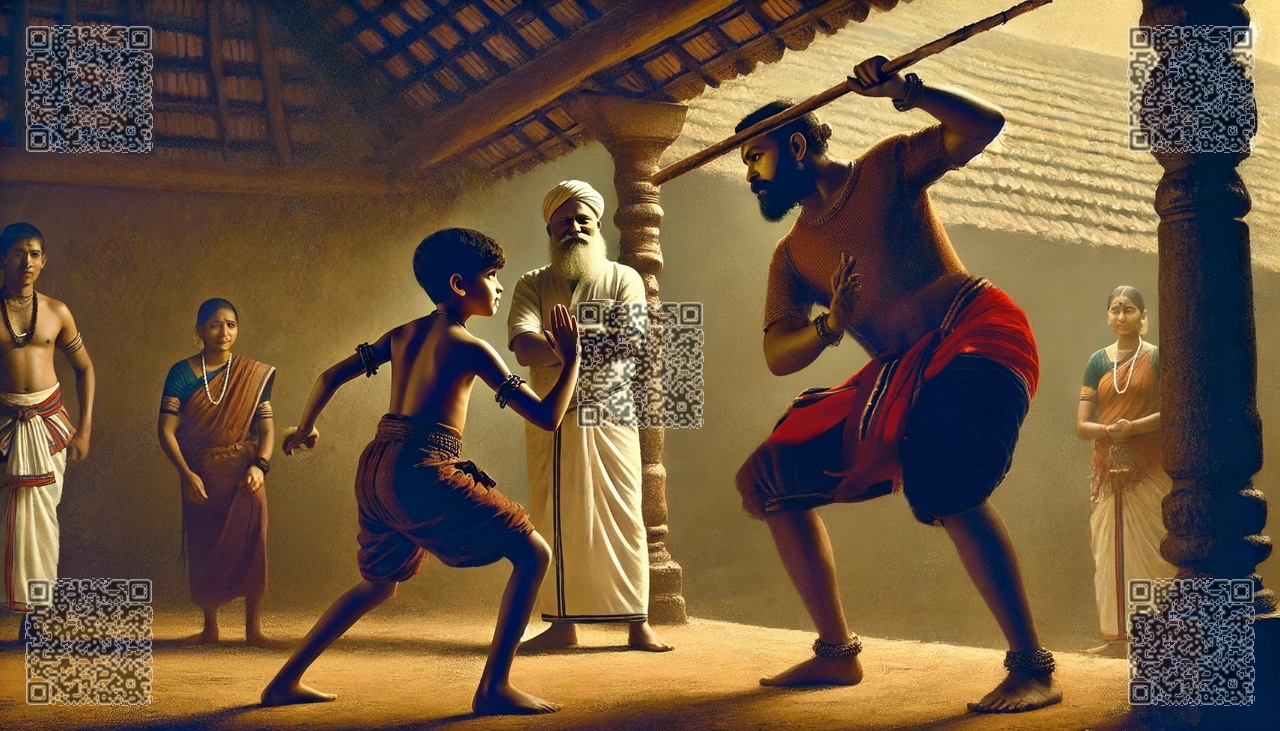 (This portrays how Sreedharan excelled in Kalaripayattu)
(This portrays how Sreedharan excelled in Kalaripayattu)
The Trial: Circumstantial Evidence and Bias
Legal Representation
- Prosecution: Advocate Venkita Ramaiyer built a case based on circumstantial evidence and Sreedharan’s martial training.
- Defense: Advocate Malloor Govinda Pillai argued the absence of physical evidence and highlighted inconsistencies in witness accounts.
Judiciary
- Sessions Court: Presided over by an unnamed additional sessions judge, this court delivered the initial guilty verdict.
- Travancore High Court: The appeal was heard by Chief Justice Chatfield and Justice Raman Thampi, who upheld the conviction.
The Execution: September 15, 1922
On September 15, 1922, Sreedharan Channar was executed, making him one of the few individuals in Indian history to face such swift capital punishment. His final moments were marked by courage and dignity.
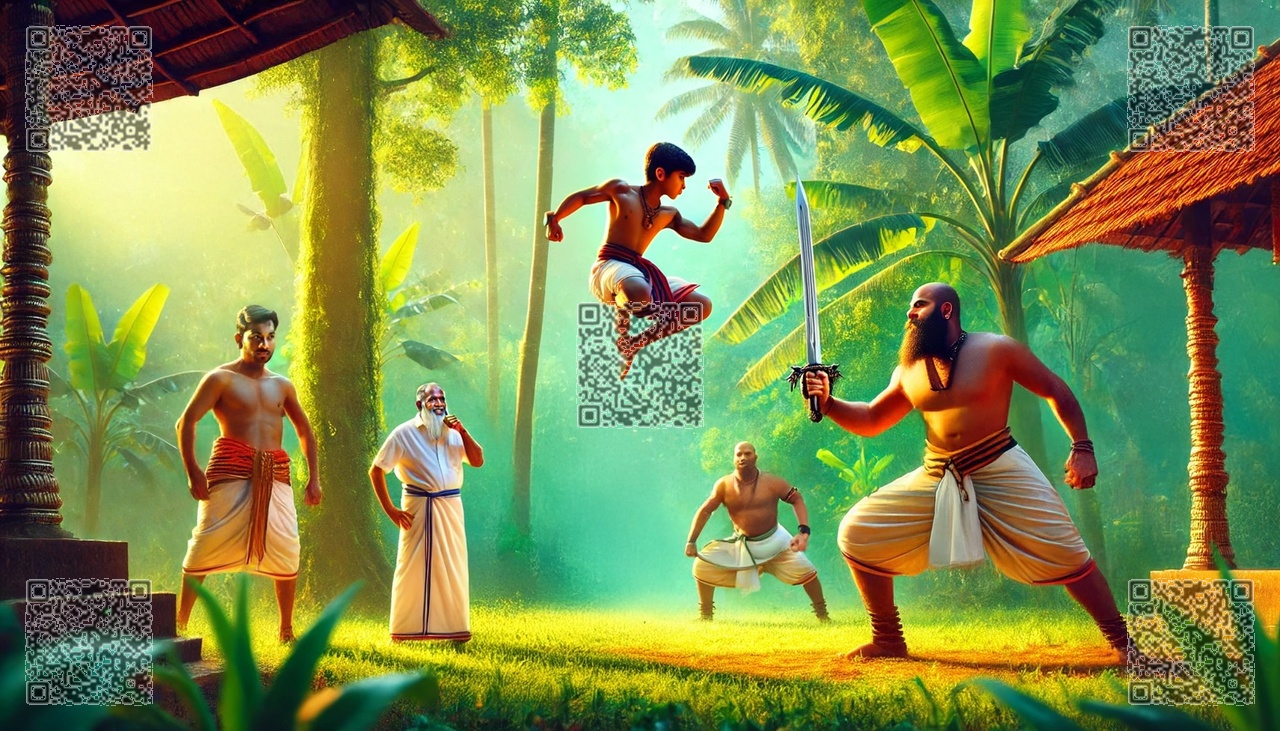 (This portrays how Sreedharan excelled in Kalaripayattu and mastered all 18 advaus by age 15)
(This portrays how Sreedharan excelled in Kalaripayattu and mastered all 18 advaus by age 15)
Sreedharan’s Last Words
When asked to read the warrant, Sreedharan reportedly said, “I don’t need to read any of this. Just carry out the punishment you have decided for a crime I didn’t commit.”
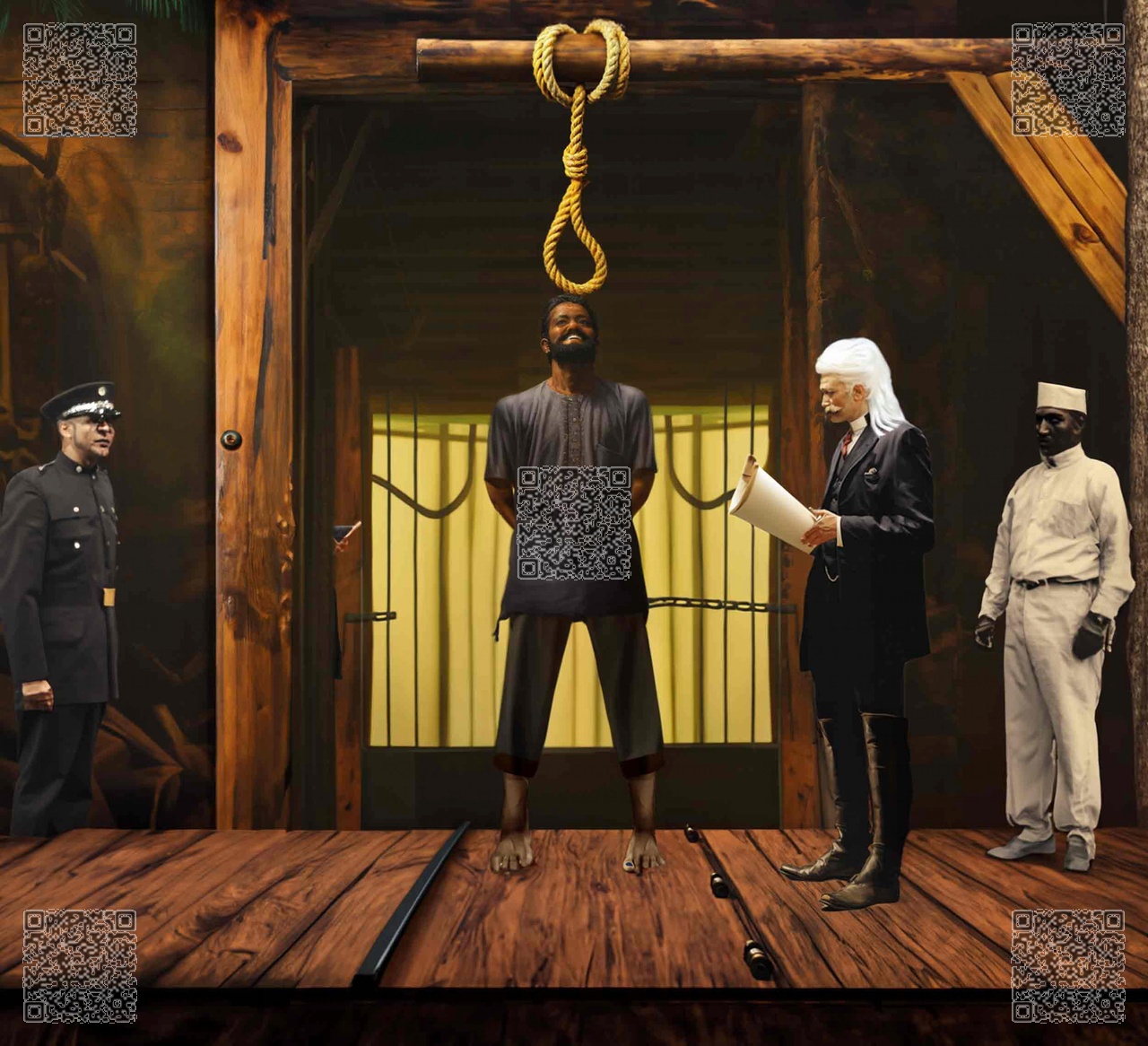 (This portrays Sreedharan at the gallows bravely meeting his fate)
(This portrays Sreedharan at the gallows bravely meeting his fate)
The Execution Process
- Witnesses: District Magistrate, Jail Superintendent, and police officers.
- Procedure: Conducted in strict accordance with protocol, with the death certified by the prison doctor.
- Body: Released to Kannet Narayanan Vaidyar and cremated at the Karakkattu house of the Kannet division.
Aftermath and Legacy
Mercy Petitions
Multiple petitions were filed with the Travancore monarchy, including one prepared by T.K. Madhavan, but all were rejected under royal influence.
Family and Folklore
Despite his tragic end, Sreedharan remains a symbol of resistance against tyranny within the Alummoottil family. His story is retold as a cautionary tale, emphasizing the dangers of circumstantial evidence and systemic injustice.



